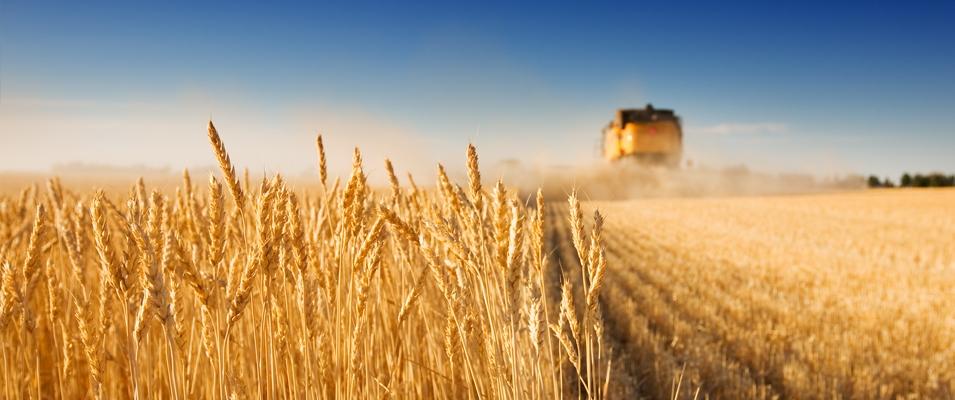With spring-like temperatures warming up our thermostats earlier this week, snow began to quickly disappear. By Wednesday, our yards and fields were more than 90 percent thawed. But due to the high precipitation we received in fall, soil moisture levels are projected to be high over the next few weeks.
According to its March 31 Spring Thaw Outlook, Manitoba Infrastructure has said that the Red River Valley is at a high risk of major flooding.
If we see average weather conditions this spring, peak water levels on the Red River would be similar to 2006, when Highway 75 was closed for 18 days. Unfavourable weather, such as a major April snowstorm, could lead to a flood nearing 2011 levels, when Highway 75 was closed for 28 days.
The province continues to watch the Red River Valley for potential high-water situations. And the situation is only further complicated by the COVID-19 pandemic.
“Considerable provincial resources are involved in the fight against the spread of COVID-19,” reads the March 31 report, “and officials have contingency plans in place if the approaching spring thaw requires preparations for high water management.”
Even amidst the pandemic, though, local farmers are looking ahead to the seeding season after the soil conditions dry a little more.
Ken Krahn’s farm is situated northwest of Niverville. He’s not too concerned about flooding, but he points out that he’s definitely not hoping for rain at this point in time.
“In this part of the country, they always talk about floods, but I don’t expect that will happen,” says Krahn. “The river will come up higher yet over the springtime. And the moisture in the fall was to capacity, so we can’t handle too much as far as excess moisture.”
It’s too early to tell if farmers will be able to get onto the fields early this year. That said, the windier days lately have contributed to the melt, drying up some of the excess moisture. What’s needed now is for temperatures to remain mild and for the sun to peek out.
“We are looking forward to the spring seeding time,” says Krahn. “We do need some sunshine for the soil to warm up, and a little rain would also help towards helping things look a little neater and a little greener. But we do have ample moisture for starting the spring seeding. That usually starts early May, still a month away, but sometimes at the end of April.”
The forecast can be unpredictable, though, and this week we have seen heavy rain and snow.
Another possible concern for farmers is the added sanitation and social distancing measures that may need to be implemented, depending on the farming operation. For Krahn, COVID-19 hasn’t affected his farm’s routine.
His personal life is another story.
“What I’m anticipating is just business as usual come seeding time, but that is, of course, contingent upon how the next few weeks go,” he says. “We hope we can all ride this out and for continued good health. If the crisis is still going on four weeks from now, we’ll take the proper measures that the tractor cabs are disinfected and clean so we don’t pass things along to one another. I don’t think there will be any issue with accommodating our one full-time worker, and it’s our slower season, so our worker isn’t on yet. So the health crisis is not affecting us really, not according to work. One of our daughters was affected through work, and we are babysitting now to help out in that way. But we’re all healthy and doing fine.”


